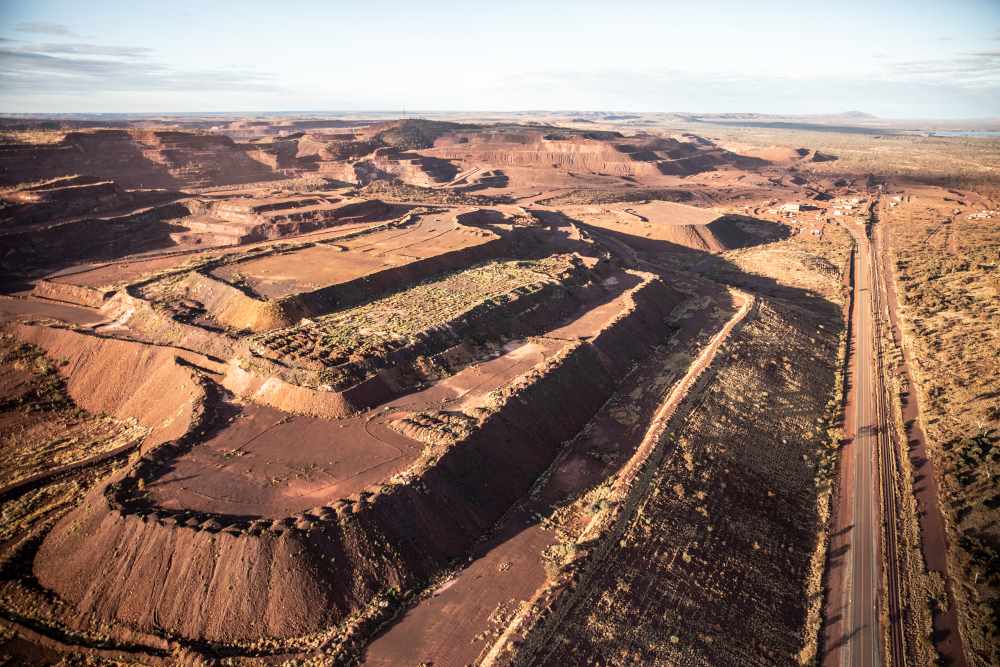
Dust pollution can often be overlooked in environmental discussions but can have an oversized impact on a large area and its inhabitants. Unfortunately, the dust problem spans beyond its immediate vicinity or source, holding far-reaching consequences for human health and the environment. First and foremost, dust pollution can potentially impair air quality over a large area.
When fine particles become suspended in the air, they can travel for miles. The fine particles, often the most harmful, can include:
Airborne particles like this risk respiratory health, causing or exacerbating asthma, bronchitis, and allergies. Moreover, inhaling dust particles can lead to the deposition of hazardous substances in the respiratory system, which may have long-term implications for human health. It’s also important to remember that harm from dust is not limited to human health alone. Dust can alter the nutrient balance and fertility of the affected large area when deposited on soil and vegetation.
This disrupts ecosystems and harms agricultural productivity, alongside raising problems like:
Deep in the Cadia Valley of New South Wales, a recent story has highlighted the effects across a large area from uncontained dust emissions. After residents complained about heavy metals found in their blood and rainwater tanks, the Cadia operation was investigated by the local Environmental Protection Agency (EPA).
The EPA found what it describes as “near unacceptably high” levels of dust pollution.
Encouragingly, a spokesperson from the mine – one of Australia’s largest gold producers – said the EPA had every right to “pull us into line” after it discovered too much dust coming from a vent rise.
“Our most recently installed vent rise was found to be emitting dust quite a way above acceptable compliance levels,” the spokesperson said. “What we’ve been doing, and the studies we’ve been doing, is trying to look at the concerns which have been raised in the community — which are quite reasonable — as to whether there’s a health impact.”
The Cadia Valley mine has since taken steps to reduce its dust pollution by installing additional filters to its underground operations. An Australian Government report from the Australian Nuclear Science Technology Organisation (ANSTO) has since measured air quality at four receptor locations around the mine site.
ANSTO performed the monitoring at Orange, Millthorpe, Mandurama and Panuara.
The report assessed small dust particles in the air and said that the Cadia operation contributed a small percentage of soil particulate matter.
Your feedback is important to us.
If you enjoyed reading this Global Road Technology industry update and found it informative, please let us know by leaving a REVIEW.
In conclusion, dust pollution has the potential to impact a large area in various ways. From compromising air quality and human health to disrupting ecosystems and damaging infrastructure, dust problems are ever-present.
However, comprehensive measures can help to mitigate dust’s wide-ranging effects.
Techniques like vegetation cover, wind barriers, or water suppression effectively minimise dust generation at the source. Additionally, cutting-edge polymer solutions like those designed and manufactured by GRT are available.
If dust control is an issue for your construction, exploration or resource business, check out GRT’s tailored solutions, including our industry-leading SMART Dosing Units.
Or, if you’d like to talk with an expert, simply contact us!
Are environmental regulations, health and safety concerns or potential profit loss a concern right now?
Contact Us Now